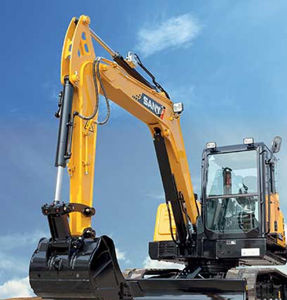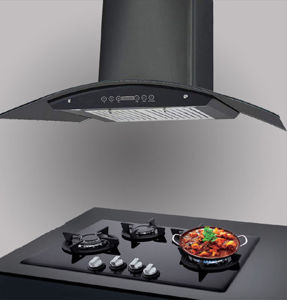Magnetic Resonance Imaging (MRI) machines are invaluable tools in modern healthcare, providing detailed insights into the human body's inner workings. However, like any sophisticated technology, MRI machines can occasionally encounter technical issues that disrupt their operation. In this blog, we delve into the essential facts of MRI machine troubleshooting, shedding light on common challenges, effective diagnostic approaches, and the importance of swift resolutions.
- Common MRI Machine Issues
MRI machines are complex systems that involve various components working in harmony. Common issues can arise from malfunctioning coils, image artifacts, gradient problems, and cooling system failures. Understanding the nature of these issues is key to efficient troubleshooting.
- Artifact Identification and Management
Artifacts, unwanted anomalies in MRI images, can result from patient movement, magnetic interference, or technical errors. Addressing artifacts requires careful assessment and adjustment of imaging parameters. Expertise in recognizing different artifact types is crucial for accurate diagnosis.
- Gradient and Radiofrequency (RF) Issues
Gradient and RF systems play a vital role in generating MRI images. Irregularities in these systems can lead to poor image quality or distorted images. Advanced troubleshooting involves assessing hardware, software, and potential electromagnetic interference.
- Software Glitches and Updates
MRI machines rely heavily on software for image acquisition and processing. Software glitches or outdated versions can disrupt the imaging process. Regular software updates and thorough testing are essential to maintain optimal system performance.
- Cooling System Failures
MRI machines generate significant heat during operation, requiring robust cooling systems. Cooling system failures can lead to overheating and downtime. Routine maintenance and monitoring can prevent these issues, ensuring continuous operation.
- Collaboration between Technologists and Engineers
Collaboration between MRI technologists and service engineers is pivotal in effective troubleshooting. Technologists often provide real-time insights into machine behavior, while engineers offer technical expertise for in-depth problem resolution.
- Diagnostic Tools and Remote Monitoring
Modern MRI machines often feature diagnostic tools and remote monitoring capabilities. These tools can aid in identifying issues early and, in some cases, even allow remote diagnosis and resolution, minimizing downtime.
- Patient Comfort and Safety
During troubleshooting, patient comfort and safety remain paramount. Communication with patients about the situation, potential delays, and necessary steps helps maintain a positive patient experience.
- Emergency Protocols and Backups
Establishing emergency protocols and backup plans ensures smooth operations in case of unexpected technical failures. Having contingency measures in place minimizes disruptions to patient care.
- Continuous Training and Skill Development
Effective MRI machine troubleshooting requires up-to-date knowledge and skills. Regular training for both technologists and engineers ensures they are equipped to handle evolving challenges.
Conclusion
MRI machines are remarkable diagnostic tools, but they can encounter technical issues that disrupt their operation. A thorough understanding of common problems, artifact management, gradient and RF issues, software maintenance, cooling systems, and collaboration between experts are crucial for effective troubleshooting. By staying vigilant, continuously training staff, and embracing advanced diagnostic tools, healthcare facilities can ensure that MRI machines operate smoothly, delivering accurate and timely diagnoses to improve patient care.





